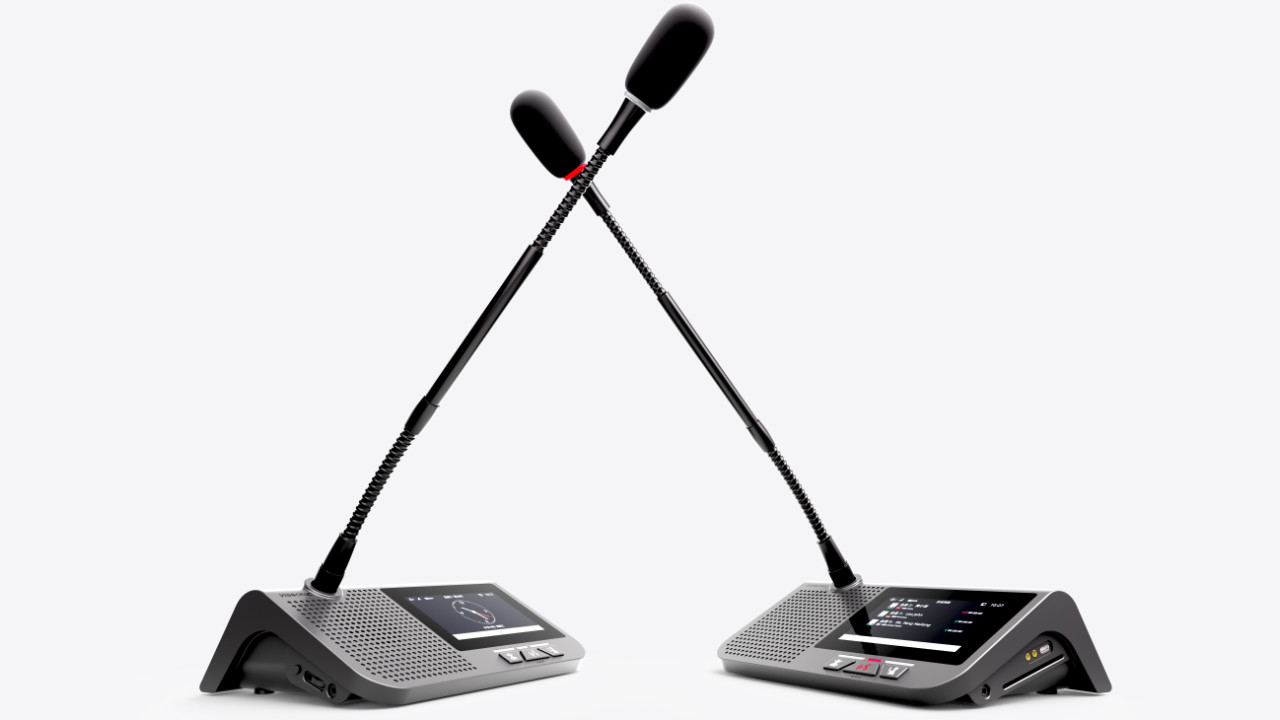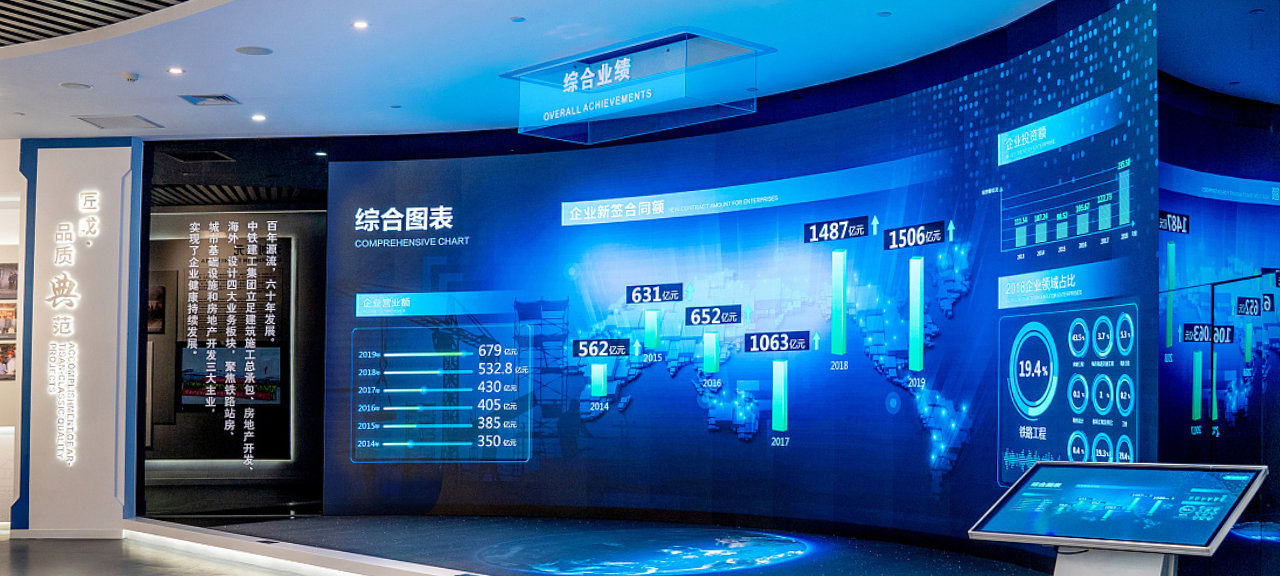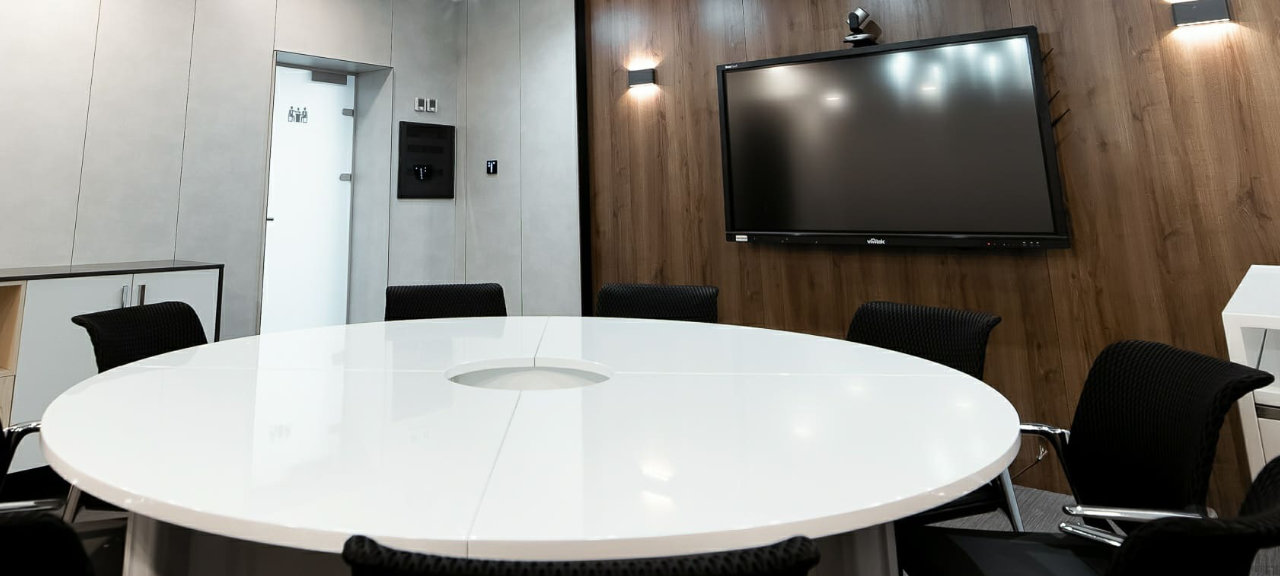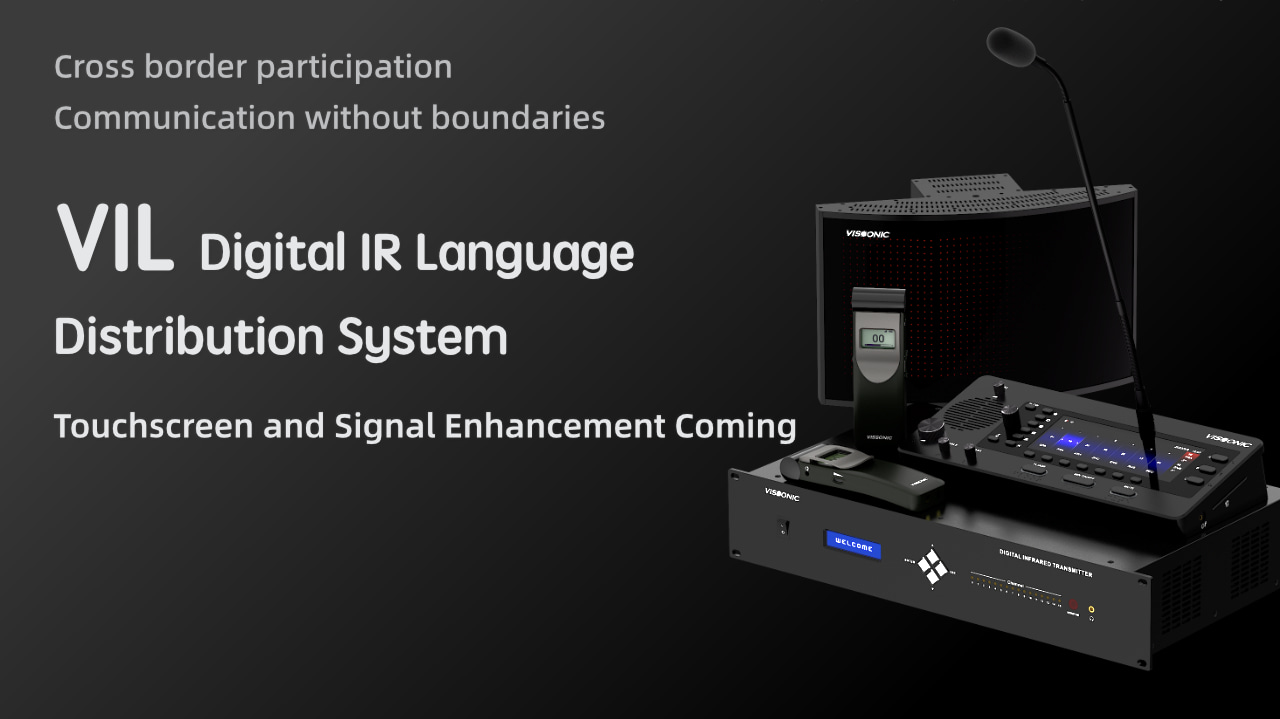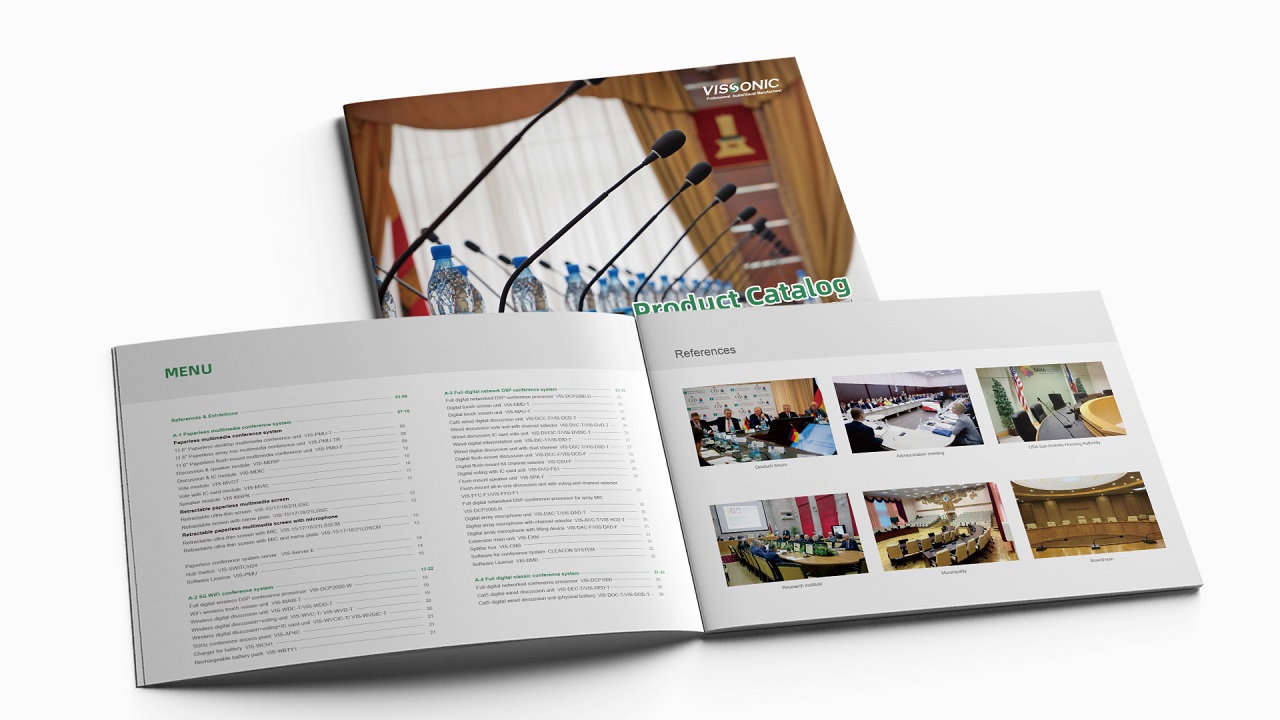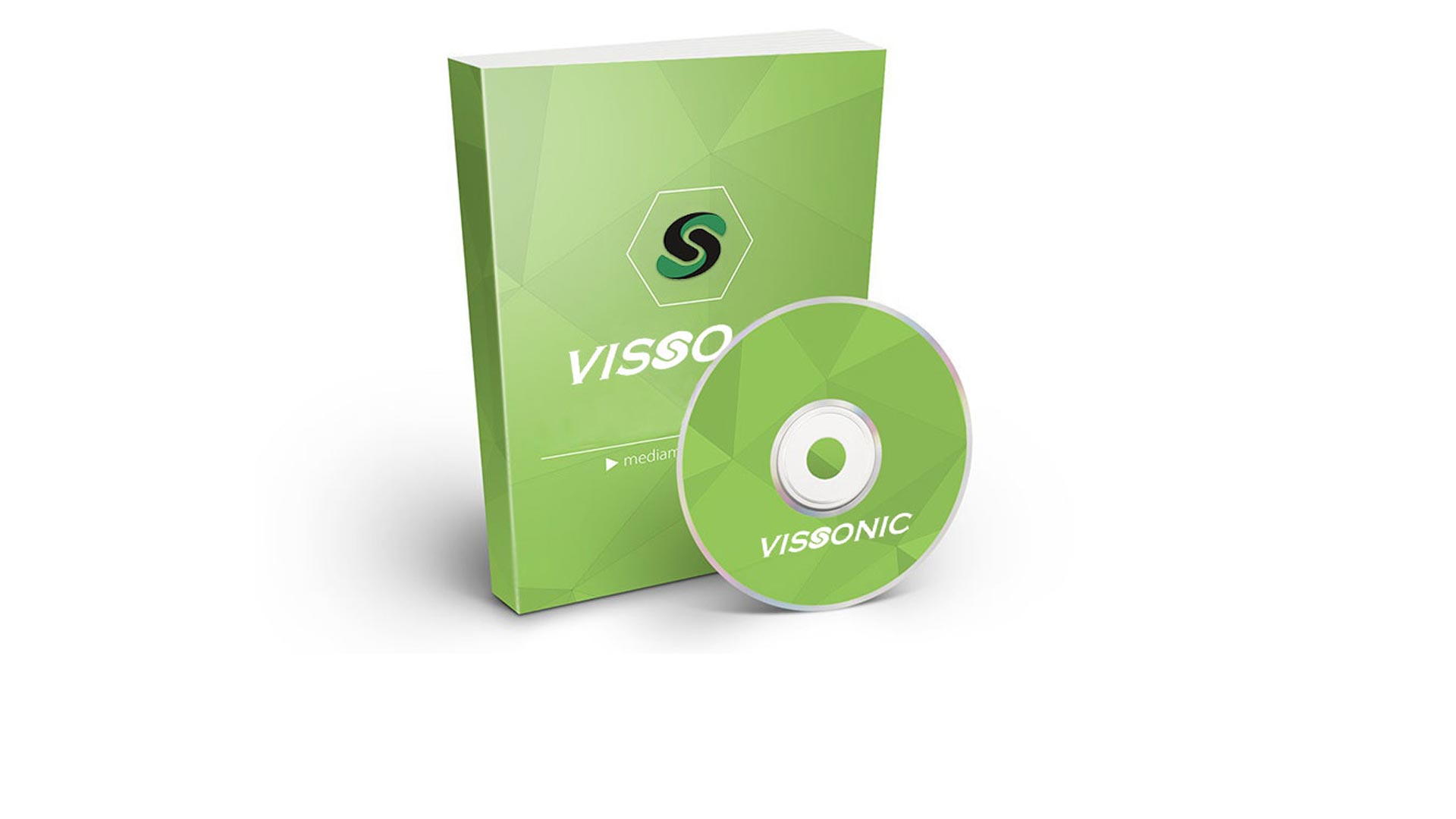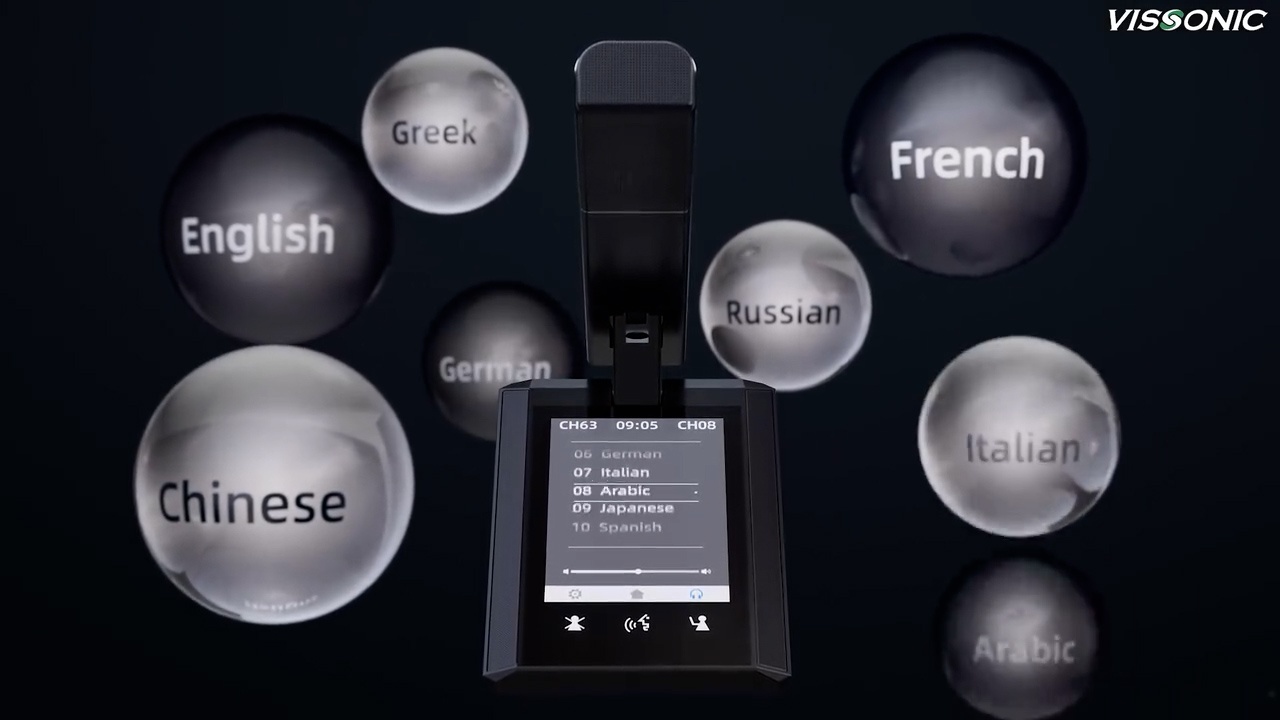Guide to Buying Digital Basic Conference Systems
Buying a digital basic conference system can greatly enhance communication and collaboration within your organization or during important meetings. These systems include equipment like microphones, speakers, and control units to ensure clear audio and smooth interaction. Here's a guide to help you make an informed purchase:
Identify Your Requirements:
Determine the size and type of meetings or conferences you'll be hosting.
Decide on the number of participants and microphones required.
Consider the room size and layout, as well as any existing AV equipment.
Audio Quality:
Look for systems with high-quality microphones and speakers to ensure clear and crisp audio.
Consider echo cancellation, noise reduction, and feedback suppression features for better sound quality.
Microphone Types:
There are various microphone options, including handheld, boundary, gooseneck, and lapel microphones. Choose based on your needs.
Wireless microphones can offer more flexibility and mobility.
Full Digital Wired Basic Discussion Chairman/Delegate Unit
Scalability:
Ensure that the system can be easily expanded or upgraded as your needs grow.
Check if additional microphones and components can be integrated seamlessly.
Compatibility:
Make sure the system is compatible with your existing audiovisual equipment, such as projectors, screens, and video conferencing platforms.
Control Interface:
Look for user-friendly control interfaces that allow you to adjust volume, mute microphones, and manage audio settings easily.
Interference and Reliability:
Check if the system operates on frequencies that won't interfere with other devices in your environment.
Ensure it has a reliable connection to prevent dropouts during meetings.
Digital Output Square Type Microphone
Integration with Other Technologies:
Consider systems that can integrate with video conferencing software, recording equipment, or streaming platforms.
Recording and Transcription Capabilities:
Some systems offer built-in recording and transcription features, which can be valuable for archiving and documentation purposes.
Budget:
Set a budget and try to find a system that meets your requirements without overspending.
Keep in mind that higher-quality systems may have a higher upfront cost but can provide better long-term value.
Warranty and Support:
Ensure the manufacturer or supplier offers a warranty and reliable customer support for troubleshooting and maintenance.
Demo and Testing:
If possible, test the system in your actual meeting space before making a purchase to ensure it meets your expectations.
User Training:
Plan for training sessions to familiarize your team with the system's operation and features.
Installation and Setup:
Consider whether you have the necessary expertise in-house for installation or if you need to hire professionals.
Future-Proofing:
Invest in a system that is upgradable and adaptable to future technological advancements.
Security:
Ensure that the system has security features to protect against unauthorized access or eavesdropping.
Reviews and Recommendations:
Research online reviews and seek recommendations from other organizations that have similar conference systems.
Environmental Considerations:
Think about the environmental impact of your choice, such as energy efficiency and recyclability.
Return on Investment (ROI):
Assess how the conference system will improve your organization's productivity, collaboration, and communication to determine its ROI.
Procurement and Vendor Selection:
Follow your organization's procurement procedures and select a reputable vendor with a track record of delivering reliable conference systems.
By carefully considering these factors, you can select a digital basic conference system that suits your organization's needs and enhances your communication and collaboration capabilities.

